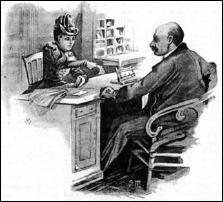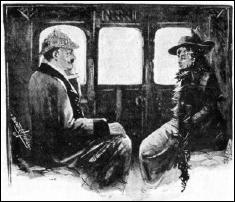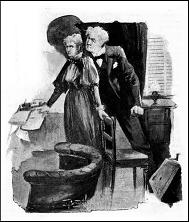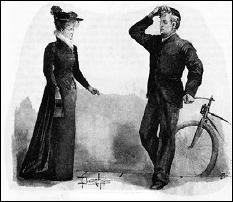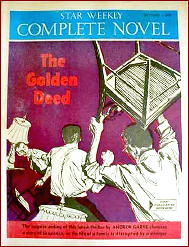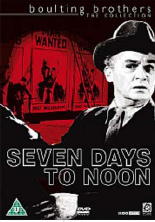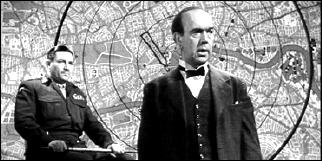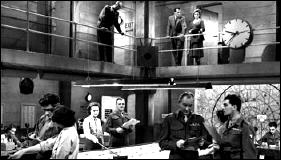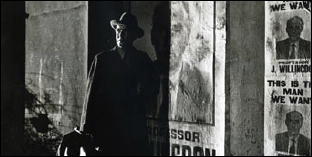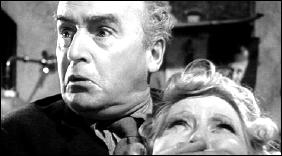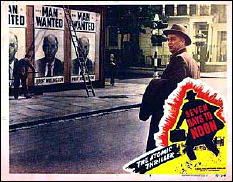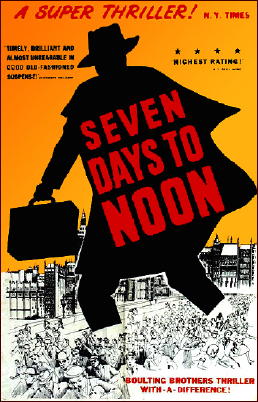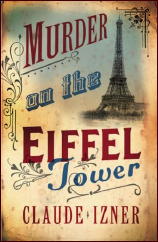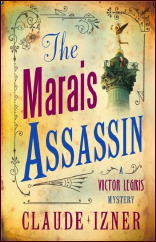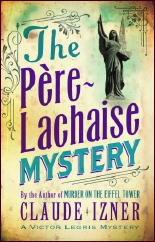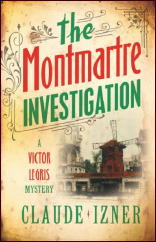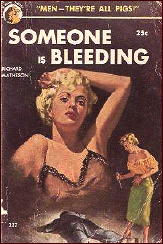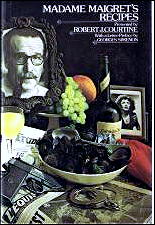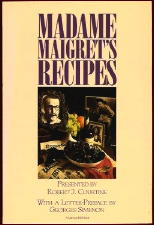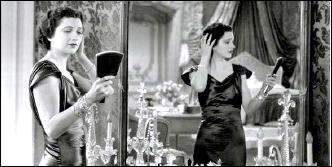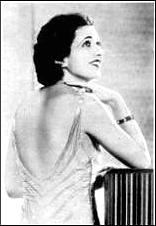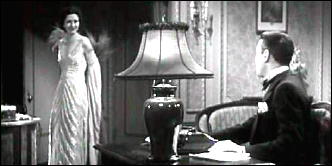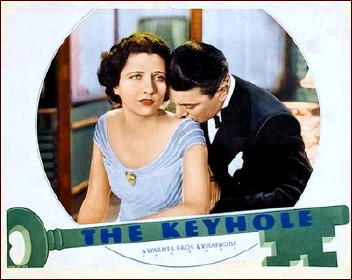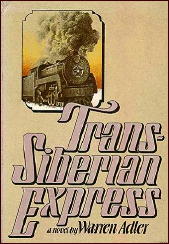Tue 30 Mar 2010
A Review by Dan Stumpf: LEE BORDEN – The Secret of Sylvia.
Posted by Steve under Authors , Bibliographies, Lists & Checklists , Reviews[2] Comments
LEE BORDEN – The Secret of Sylvia. Gold Medal #744, paperback original; 1st printing, February 1958.
I still remember seeing Lee Borden’s The Secret of Sylvia on the paperback rack next to the tube tester at my local drugstore back in the early 60s, and the effect it had on this callow youth from the Midwest.
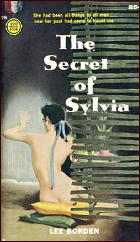
So when it surfaced recently from the swamp that is my library, I decided to actually read the thing.
Secret is more directly about Sex than most Gold Medal originals. Oh, there’s the usual quota of drinking, fighting, shooting and other Rugged Manly Action, but this is basically about Sex.
The nameless narrator of the tale, Sylvia’s husband, starts out on his way home to kill his wife, then flashes back to the reasons why: apparently some time earlier he learned that Sylvia put it about a bit before they were married, so he set himself to looking into her past.
Whereupon the book dissolves into four separate parts, each narrated by a former lover. Sylvia’s husband never tells us how he — a bookseller by trade — found these guys or how he got them to spill their intimate secrets all over him; we’re just supposed to take it on faith.
Likewise his determination to kill Sylvia is something neither he nor author Borden spells out very convincingly. Well, there’s some dialogue (a lot of dialogue, actually) late in the book supposedly delving into the psychology of the thing, but nothing very convincing.
I get the feeling, though, that the potential readers of Secret of Sylvia probably weren’t looking for anything very deep or convincing; this was frankly soft core porn, and probably … how shall I put this? — probably satisfied the one-handed readers in its day.
Bibliographic Data: [Expanded from the Revised Crime Fiction IV, by Allen J. Hubin]
BORDEN, LEE. Pseudonym of Borden Deal, 1922-1985.
The Secret of Sylvia. Gold Medal 744, pbo, Feb 1958.
The Devil’s Whisper. Avon T-520 , pbo, 1961.
DEAL, BORDEN. 1922-1985. Born Loysé Youth Deal; pseudonym: Lee Borden.
Killer in the House. Signet 1383, pbo, Apr 1957.
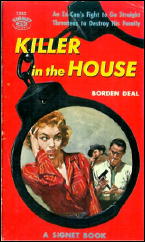
A Long Way to Go. Doubleday, hc, 1965.
-Adventure. Doubleday, hc, 1978.
